Why do concubines in power still follow the hidden rules with eunuchs?

1 | 1 Discuss | Share
Tu Hieu Pagoda was originally a monastery for home cultivation called "Thao Am Road" established by Venerable Thich Dinh to serve his elderly mother. Then, around 1848, "Thao Am Street" was restored and expanded with the help of a eunuch named Chau Phuoc Nang.
According to research, eunuchs date back to the Western Zhou period in China. Before being brought into the palace to serve the kings, the eunuchs must be removed from the male vitality so that the king can safely entrust them to serve the female concubines. The job of the eunuchs was to serve the king, queen and courtesans.
Several other eunuchs were sent to serve the widows of previous kings. The eunuch is also the one who selects and records the names of the palace concubines who are "favored by the king every night", then reports them to the national historian to monitor the royal family later.
In the Nguyen period, there were usually 2 "sources" to recruit eunuchs. First, people who are born androgynous (called "episcopians"). At that time, in any village in Hue, if you were born a "superintendent", it was the blessing of an entire village.
When this "superintendent" is recruited to the palace, the king will reward him with a bonus. However, if there is a "superintendent" without declaring, it will be punished very heavily. Therefore, in the Nguyen period, "superintendents" were called "ministers".
However, "supervised" births are difficult, so the second source is external selection. These were poor families, so they had to make their children eunuchs. Just like the eunuchs in China and previous dynasties, the Nguyen eunuchs had to get rid of their vitality. The eunuchs will live all their lives in the palace until the end of their lives, when they are old they will lie in wait for death in the building north of the Imperial Citadel, called the "Palace of Bishops" rather than in the palace.
Towards the end of their lives, the eunuchs learned of their tragic fate, so when they were healthy they tried to save money to find a burial place for themselves. Chau Phuoc Nang soon realized this, after there was nowhere to bury, no place of worship, no one to smell smoke. In the face of such an opportunity, eunuch Chau Phuoc Nang called on eunuchs in the court to donate and support to expand the "Thao Am Road" to have a resting place.
This was accepted by King Tu Duc and Empress Dowager Xu Du and also donated to expand the "Thao Am Road". The name Tu Hieu was given by King Tu Duc meaning "hieu thuan", due to the help and contribution of the eunuchs, this temple is also called the eunuch pagoda.
Although they contributed most of their wealth and effort to the construction of the pagoda, after their death, the eunuchs were buried on a small hill separated from the grounds of Tu Hieu Pagoda.
The entire cemetery of the eunuch is about 1,000m2, in the center there is a stone stele engraved with the contributions of the eunuchs. This mausoleum is divided into 3 levels corresponding to the different roles and contributions of the eunuchs. The top step is that of eunuch Chau Phuoc Nang, who contributed the most to the pagoda, so this tomb is also larger than the tombs next to it. The entire mausoleum complex has 25 tombs, including 2 wind tombs.
Of the total 25 tombs, 21 can read the words on the stele, especially the 22 words on the stele are quite clear. On the stele of this tomb is inscribed: Emperor Dynasty of the Bishop's Palace, Nguyen Hau Square, forgotten in Nhi village, Hanoi, died in January of Khai Dinh Thu V.
In the center of the gate is a stone stele located in a small corner recording the lives of eunuchs that, when read, cannot help but be sour: "When we were alive, we relied on the door of the Buddha, but when we died, where did we turn? Seeing that there is a piece of land on the west side of the city, bricks should be built to have a place of worship later, close to the Buddha is a place of long-term worship, sick friends have a place to heal, whoever lies down has a place to bury ...".
Venerable Thich Tu Hai, a long-time practitioner at Xu Hieu Pagoda, said: "In the past, the burial place of the eunuchs was obscure, so it was often cold all year round. Every year until the beginning of the 11th lunar month, the temple organizes knighthood and offerings to the eunuchs. Recently, more people have taken an interest in these graves. Many people mourn the fate of the eunuchs, so when they come to the temple, they also come to burn incense to show their sympathy."
Nearly 80 years ago, at the age of 16, Thich Nhat Hanh came to study at Tu Hieu Pagoda, ordained with his teacher, Zen master Thanh Quy Chan of the Linji Zen sect and the Lieu Quan sect.
After more than 40 years of operation and living abroad, in 2005, Thich Thich Nhat Hanh returned to Tu Hieu Pagoda for the first time. Then, in 2018, he officially returned here for convalescence and passed away in 2022. After the tea ceremony, the relics of the Zen master are also laid to rest at the Tu Hieu Temple and other centers of Plum Village around the world (no stupas with ash jars) to comply with his will.
The eunuch still marries, some even make "three concubines", why? 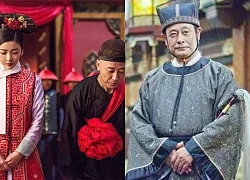 Thảo Mai18:21:44 08/04/2024Eunuchs, also known as eunuchs, are men who are forced to purify, losing their male functions. They were recruited into the harem to serve the emperor and his concubines.
Thảo Mai18:21:44 08/04/2024Eunuchs, also known as eunuchs, are men who are forced to purify, losing their male functions. They were recruited into the harem to serve the emperor and his concubines.

1 | 1 Discuss | Share
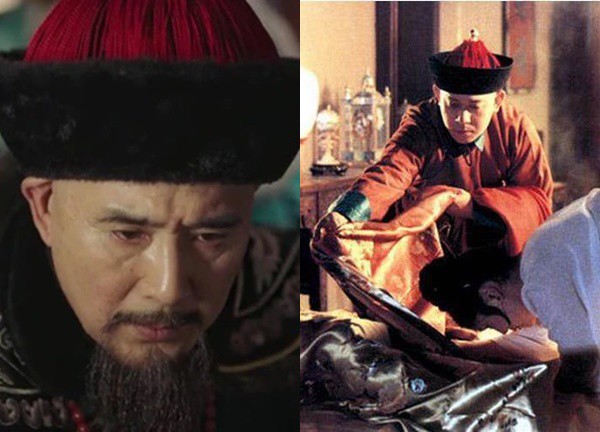
1 | 1 Discuss | Share
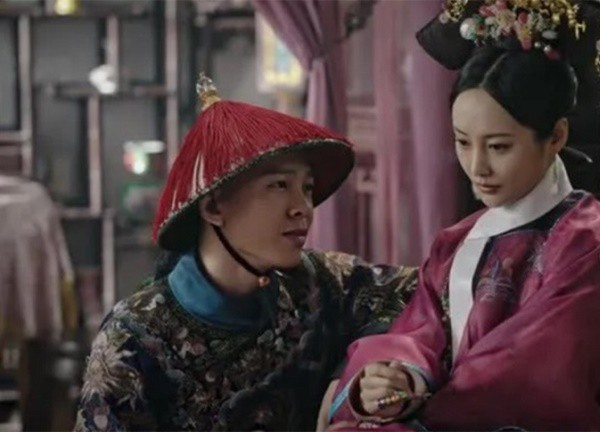
4 | 0 Discuss | Share
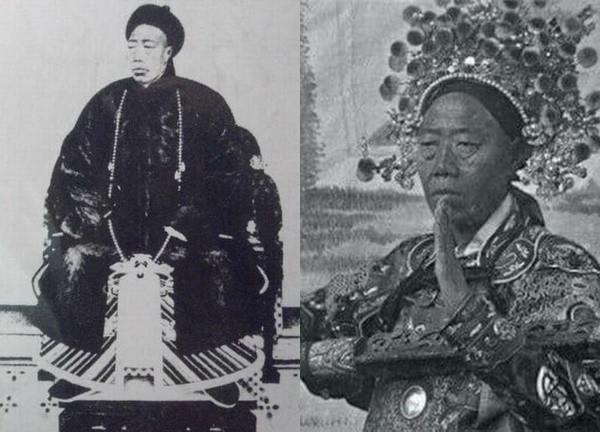
5 | 0 Discuss | Share
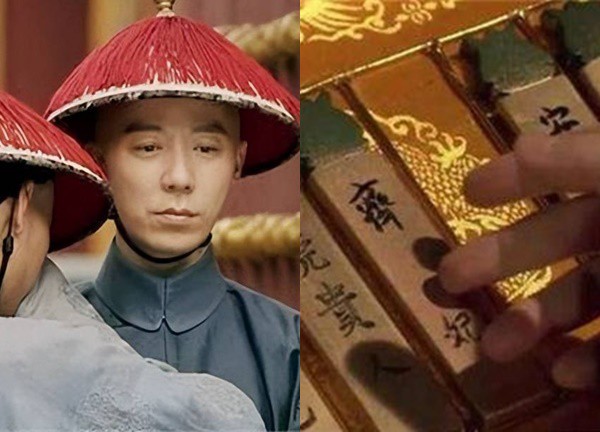
5 | 0 Discuss | Share
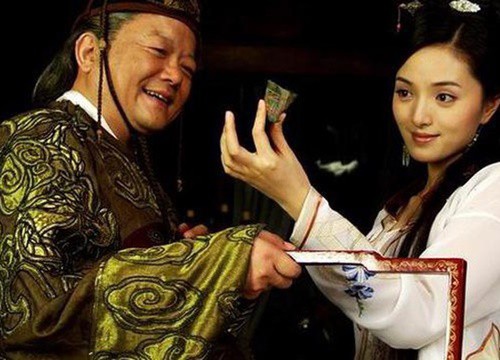
2 | 0 Discuss | Share
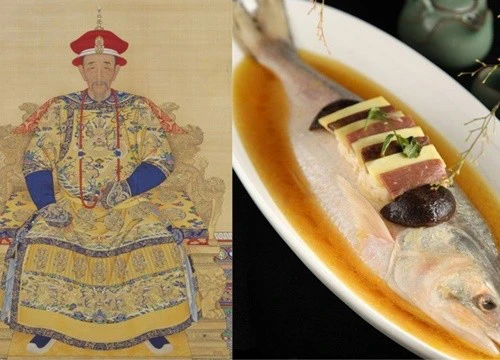
1 | 0 Discuss | Share

5 | 0 Discuss | Share
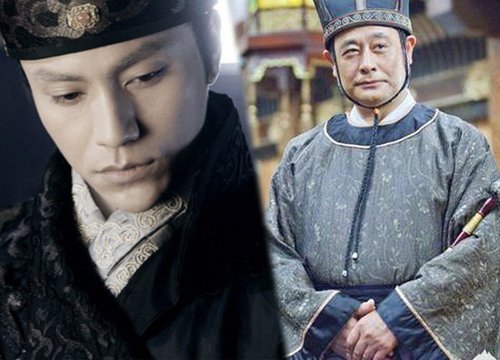
3 | 0 Discuss | Share
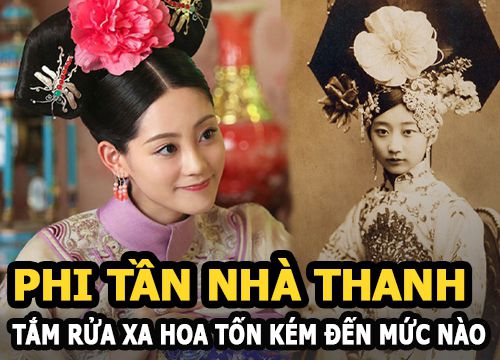
4 | 0 Discuss | Share

5 | 0 Discuss | Share

4 | 0 Discuss | Share

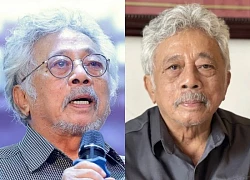
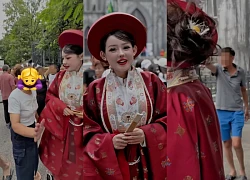







2 | 2 Discuss | Report